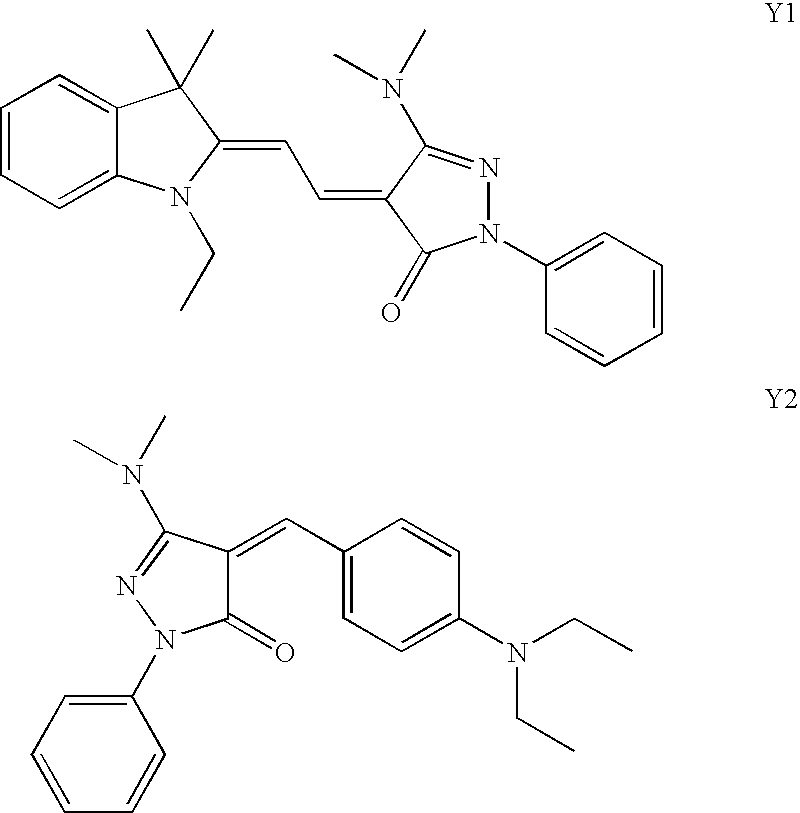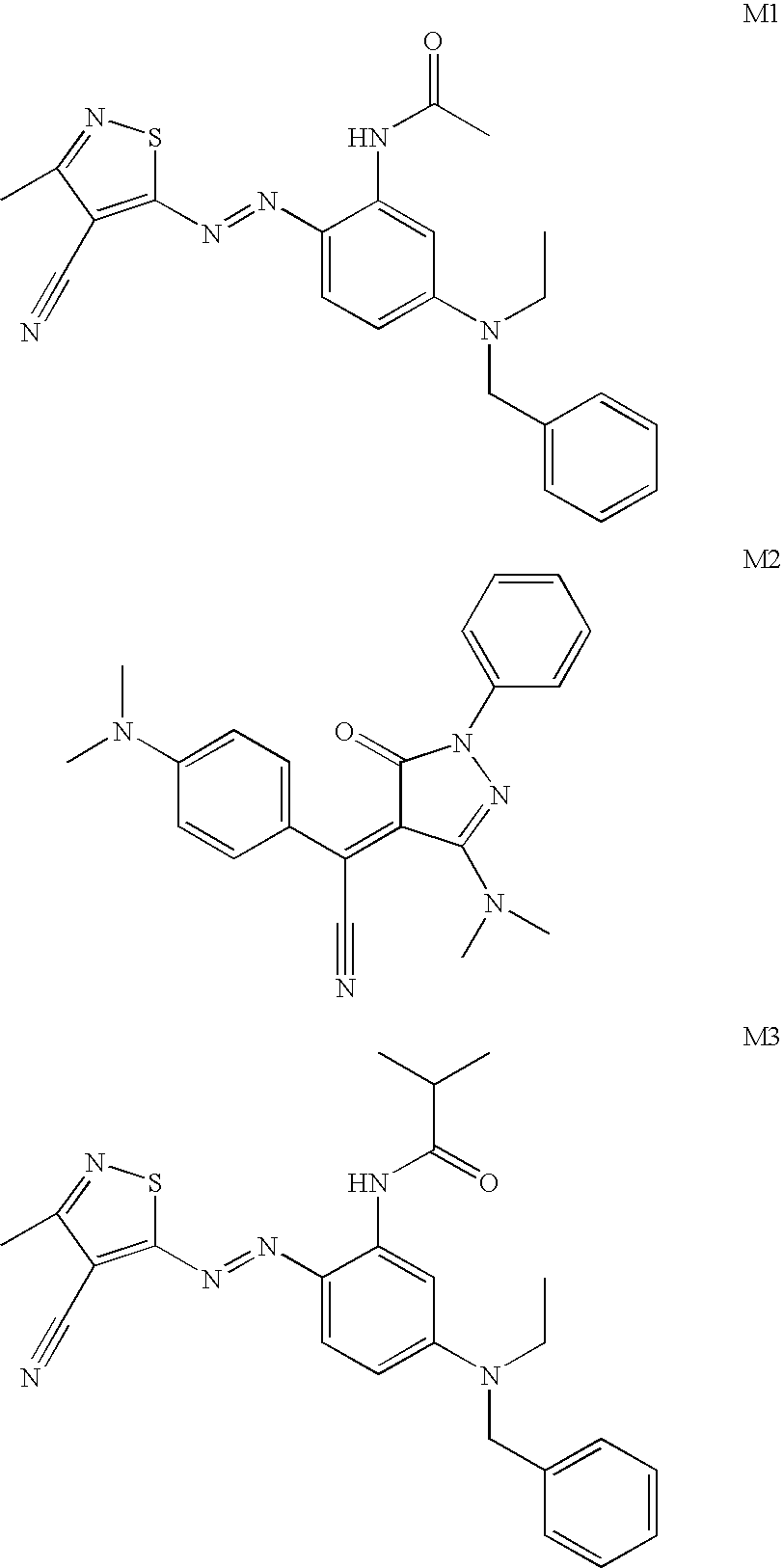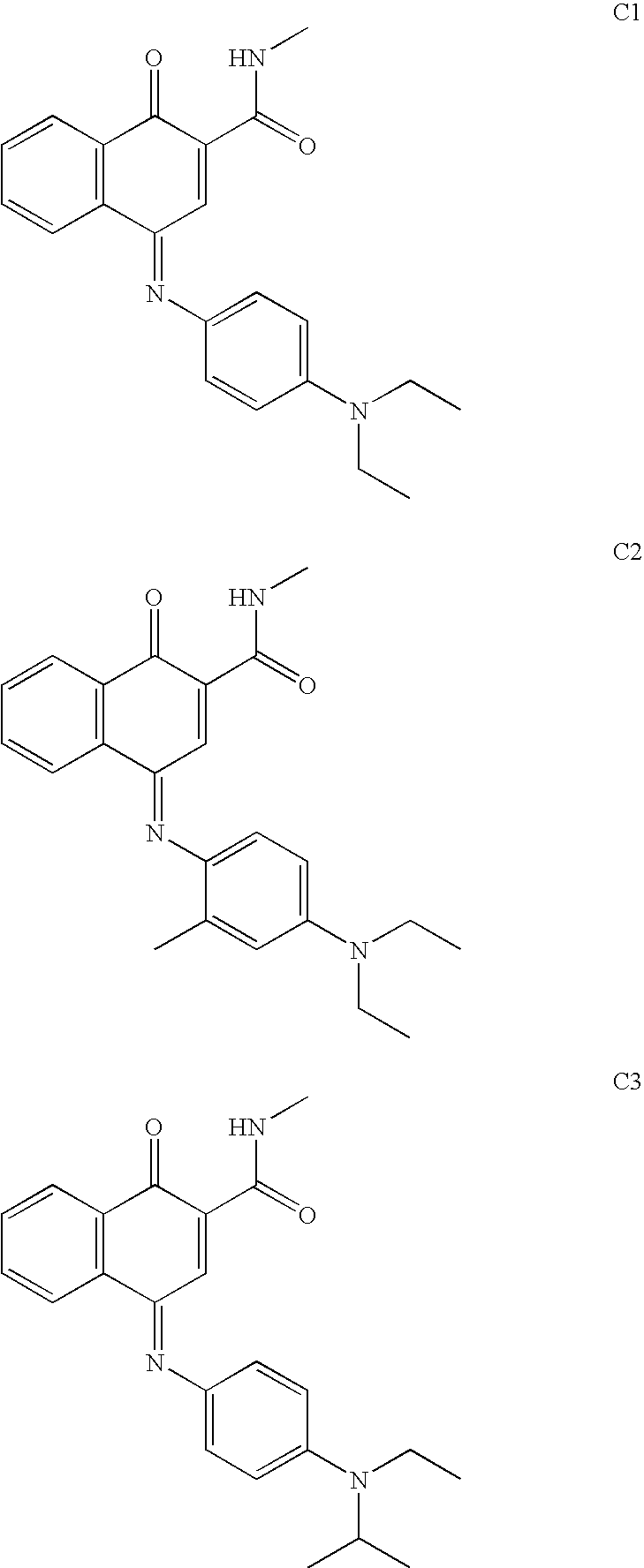Foamed image receiver
a low-density, non-crosslinked technology, applied in the direction of instruments, electric/magnetic/electromagnetic heating, thermography, etc., can solve the problems of reducing the ability to recycle imaging media, inhibiting recycling efforts, and affecting the acceptance of imaging media with properties outside the typical range of ‘imaging media’, etc., to achieve excellent smoothness, high opacity, and high degree of rigidity
- Summary
- Abstract
- Description
- Claims
- Application Information
AI Technical Summary
Benefits of technology
Problems solved by technology
Method used
Image
Examples
example 1
Voided Film with a Dye Receiver Layer—Control Receiver
[0070]In this example, a three layer biaxially oriented voided polypropylene film from Mobil (350K18) of caliper 33.02 μm was laminated to one side of raw paper base of caliper 132.08 μm. This forms the face side of the receiver. To balance the curl of the structure a biaxially oriented polypropylene film obtained from Mobil (70MLT) of caliper 17.78 μm was laminated to the other side of raw paper base. The total caliper of the structure was 213.36 μm. This base was then coated with a subbing layer and a thermal dye receiver layer. Samples of this structure were printed in a thermal printer at a line time of 5 millisec. During the printing process, the donor was in contact with the top layer of the three layer voided film.
Dye Receiving Layer (DRL)
[0071]Polyester E-2 (structure and making of branched polyester described in U.S. Pat. Nos. 6,897,183 at col. 15, line 3 to col. 15, line 32, incorporated herein by reference, and U.S. Pa...
example 2
Voided Film Without a Dye Receiver Layer
[0076]In this example, a three layer biaxially oriented voided polypropylene film from Mobil (350K18) of caliper 33.02 μm was laminated to one side of raw paper base of caliper 132.08 μm. To balance the curl of the structure a biaxially oriented polypropylene film obtained from Mobil (70MLT) of caliper 17.78 μm was laminated to the other side of raw paper base. The total caliper of the structure was 213.36 μm. Samples of this structure were printed in a thermal printer at a line time of 5 millisec. During the printing process, the donor was in contact with the top layer of the three layer voided film
example 3
(Inventive) Oriented Foamed Polylactic Acid (PLA) Sheet from an Amorphous Made of Polylactic Acid (PLA)
[0077]Example 3 was an oriented foamed polylactic acid (PLA) sheet, with a basis weight of 229.58 gm / m2 and an average sheet caliper of 226.06 μm, in which there was a near instantaneous control of the polymer's surface diffusion rate of the image layer side of the cast polymer sheet, followed by bulk heat transfer on the balance of the sheet. This instantaneous control was accomplished by controlling the dimensionless time (t*) spent by the extrudate prior to its coming into contact with the high heat transfer surface. This dimensionless time t*, which has no physical units, may be defied as the ratio of the product of diffisivity of the gas (D, has units of m2 / sec) and the process time t (units are seconds), to the square of half the extrudate thickness ((l / 2)̂2, units are m2) or it can be represented as t*=Dt / (l / 2)̂2. This, t* is preferably less than 0.07, more preferably less t...
PUM
| Property | Measurement | Unit |
|---|---|---|
| RH | aaaaa | aaaaa |
| RH | aaaaa | aaaaa |
| Tg | aaaaa | aaaaa |
Abstract
Description
Claims
Application Information
 Login to View More
Login to View More - R&D
- Intellectual Property
- Life Sciences
- Materials
- Tech Scout
- Unparalleled Data Quality
- Higher Quality Content
- 60% Fewer Hallucinations
Browse by: Latest US Patents, China's latest patents, Technical Efficacy Thesaurus, Application Domain, Technology Topic, Popular Technical Reports.
© 2025 PatSnap. All rights reserved.Legal|Privacy policy|Modern Slavery Act Transparency Statement|Sitemap|About US| Contact US: help@patsnap.com



